The Origins Of Edmond Halley


Born in Hagerstown, East London, Edmond Halley was destined for greatness, despite challenges during his upbringing. When Edmond was a child, his father ran a soap-making business in Derbyshire. The business struggled to survive after a fire tore across London, but this didn’t stop Edmond’s father from providing Edmond with a solid home-schooling education.
Eventually, Edmond took his next academic step at St. Paul, where he was able to showcase his impressive skills – especially those in mathematics. At the mere age of 17 years old, Edmond scored acceptance into Oxford. By that point, he’d already become an expert astronomer, which included owning a notable collection of instruments that his father had purchased for him.
During his undergraduate days, Edmond stayed busy by publishing papers on the solar system and sunspots. There, he also met John Flamstead, an extremely accomplished astronomer who made great strides with his work regarding Northern stars. Inspired by the work, Edmond became determined to accomplish the same feat for the Southern Hemisphere.
To do this, Edmond visited St. Helena in the South Atlantic in for two years starting in 1676. His studies included the examination of the celestial latitudes and longitudes of 341 different stars, as well as the tracking of Mercury across the Sun’s desk. All this work was the very first of its kind, and landed Edmond a spot as a fellow of the Royal Society, at only 22 years old.
Top Achievements
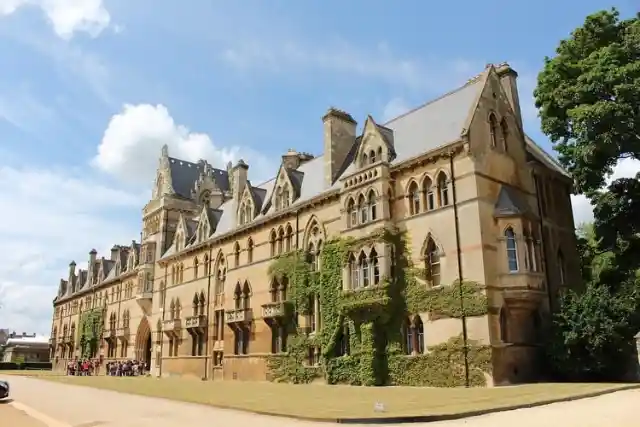

Edmond had picked up Arabic by 1706, when he started translating Apollonius’s Conics V-VII from incomplete translations done by Edward Bernard. He was appointed Oxford’s professor of geometry, and received an honorary doctor of law degree in 1710. It was during this time that he was observing comets throughout the sky, and having his findings published in the synopsis of Astronomia Cometicae.
Interestingly, the comet Edmond spotted most frequently and the one he predicted would reappear in 1758 did exactly that, though he had passed away before it occurred. That comet would come to be known as the renowned Halley’s Comet.
What Makes It Special?
The fascinating part about this comet is its periodic nature, where it returns every 75 to 76 years. Since it was visible in 1986, scientists predict Halley’s Comet will be seen once again in 2061. Sightings of Halley’s Comet date as far back as 239 B.C., by Chinese astronomers in both Shih Chi and Wen-Hsien Thung Khao chronicles.
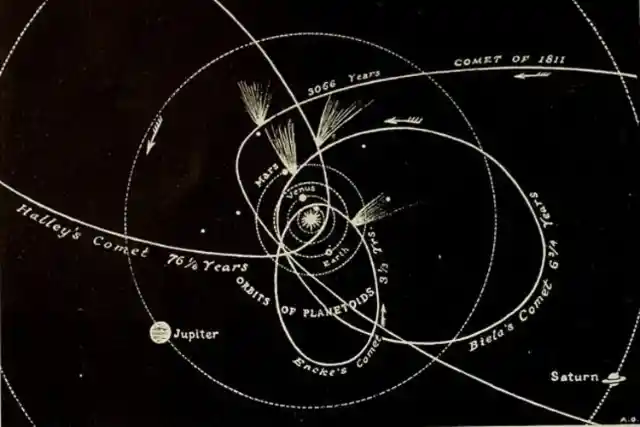
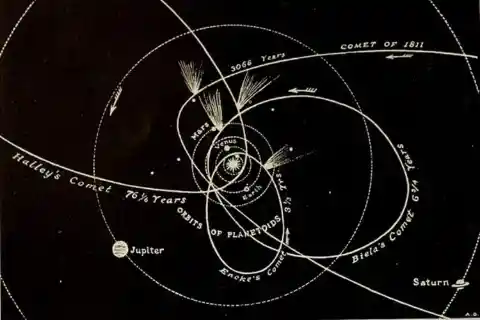
A separate study dates the first sighting back to 466 B.C., where researchers suggest it was seen by the ancient Greeks. Afterwards, the comet returned in 164 BC and 87 BC, making it likely to be in Babylonian-era records.
The Final Appearance


During the 1986 sighting, the comet flew extremely close to the sun, but on the side of the sun opposite of the Earth. For that reason, it appeared as a very distant object estimated to be 39 million miles away.
Some spacecrafts have managed to reach Halley’s Comet, with the first being dubbed “Halley’s Armada.” Since its first documentation, there have been numerous sightings, and even some photographs taken of the comet. Many of these visual and physical accounts have been used for reference and verification.
Interesting Tidbits
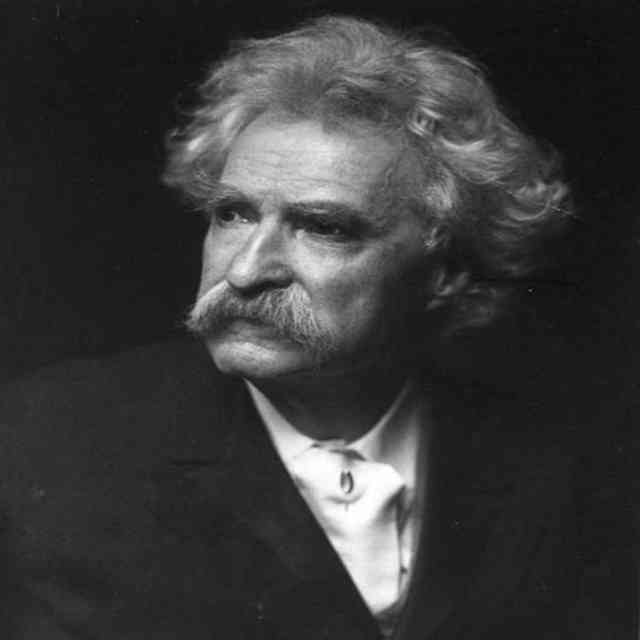
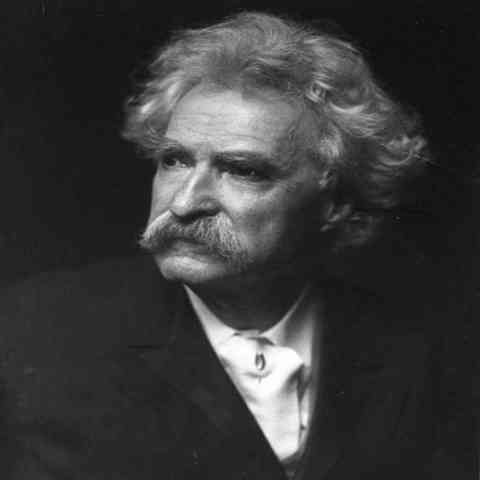
Halley’s Comet resembles a peanut, and measures 15 kilometers long by eight kilometers wide. Scientists believe the comet was created in the Oort Cloud, and travels as far as Pluto and as close as Venus.
Strangely enough, Mark Twain was born during one of Halley’s Comet’s appearances, and predicted that he would pass away with the arrival of the next. His prediction turned out to be eerily prophetic, when he died on April 21, 1910 – one day after the comet’s appearance.